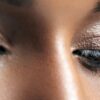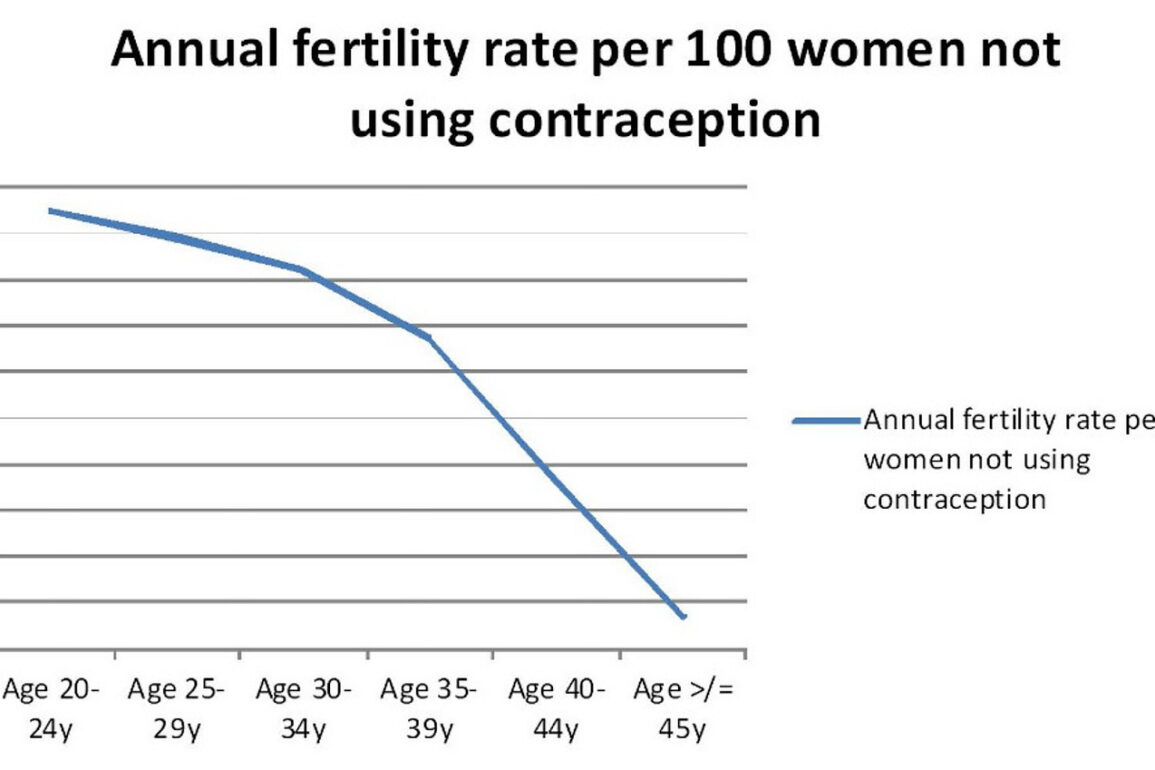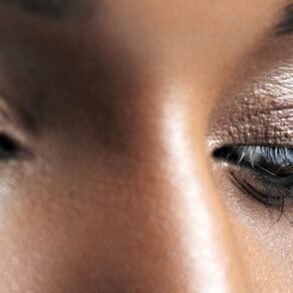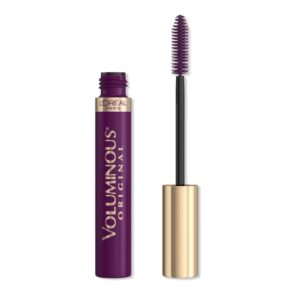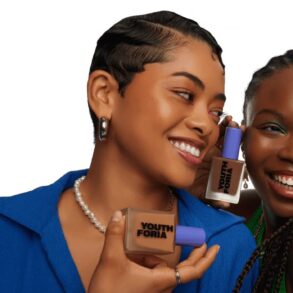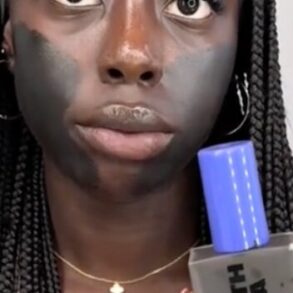As a reminder, all my articles are written with curiosity, candidness, and openness. I want us to explore thorny issues together, knowing that I will get things wrong, but with the best intentions. If you have something to correct, nuance, or add, please point it out! The best part of this is the debate.
In last week’s premium article, we saw other ways that men evolved to have more children, and covered things like the dual mating strategies, ambition, altruism, cheating, jealousy, coercion, sperm competition, penis shape, and more.
Exceptionally, both articles are free this week. Next week’s two articles will be premium. We will cover: Why do we have sex out of ovulation? Why is sex pleasurable? Why do we love? In what situations are men choosier? What fat is attractive in women? What limits the magnitude of our sexual differences? Are men and women’s physical differences due to sexual selection or hunting specialization?
Women might have the most value from a reproduction perspective, but they still have to attract men, because men also have things women want, mainly (from an evolutionary and biological standpoint):
-
Genetic code: The more attractive, successful, and dominant the man is, the more likely he is to reproduce because women prefer to mate with him to have their children (who, in turn, will have more children).
-
Resources: A man that is wealthy, altruistic, has social status, and is willing to share these assets with the woman and their children will increase the likelihood that the children will survive and thrive, having more children themselves.
-
Commitment: Resources without commitment are worthless. A man that is willing to share these resources and time with his partner and children will be increasing their odds of survival and reproduction.
-
Protection: As we saw in article 2 of this series, Other Ways Men Have Evolved to Have More Children, men have evolved to be violent, possessive, and jealous. They have also evolved instincts to force, harass, and intimidate women into sex. Although rare, they might even kill the children of a potential mate. A male partner can help protect a woman against these threats.
As a result, women will try to attract men for their sex, resources, and protection. How do women do that?
Let’s go back to the core principle: The reason why women are valuable from an evolutionary perspective is because they can have babies. Their most valuable asset is their fertility—strictly from an evolutionary perspective, not a modern human perspective.
Of course, you can’t see fertility at a glance. So men have evolved to gather proxies for fertility, and to find these attractive. What, then, makes a woman appear fertile?
Women can have children during the period of their lives when they menstruate, starting in their teens and until menopause, which usually arrives around 50 years old.
The younger a woman is, the more years of fertility she has in front of her, making her more evolutionarily valuable. As a result, other things being equal, men will tend to prefer younger women for mating.
But a woman’s fertility increases through her teens and peaks in her early 20s, before declining, with the drop accelerating in her late 30s and 40s.
This is in part because the number of eggs women have is fixed at birth, and decreases relatively quickly through their life until menopause. A 30 year old has about a third of the eggs of a 20 year old.
As a result of this (and other factors), infertility increases consistently as women age.
Since fertility is the most valuable evolutionary asset, and it peaks in the early 20s, it’s not surprising that men will prefer 20 year old women to older ones.
These are stated preferences, but when people set up their preferred age ranges in dating profiles, they seek matches that are relatively consistent with this data.
This explains the DiCaprio Rule of never dating girls older than 25:
When we hear stories of cultures in which old men marry young women, they reflect the male preference for attractiveness. If in these cultures, dominance is achieved with age, this might also match female preference for resources with male preference for fertility, although it might not reflect the female preference for attractiveness, since women prefer men their age (or just a bit older).
What does it mean for sexual equality? When society chastises age gaps in couples, they reduce their prevalence, and maybe that steers the society toward what’s evolutionarily better for females in terms of their attractiveness preferences, but not their resource preferences. For men, narrowing age gaps is probably worse for dominant men, but better for male sexual equality.
This male preference for fertile women could also explain the Invisible Woman Syndrome, where women accustomed to men’s attention feel invisible following menopause. The syndrome might not be the result of low attention, but the loss of attention they used to have. In this regard, how comparable is it to the grudge incels
have for the lack of attention they get from women? Maybe society shouldn’t laugh about either, and instead be compassionate about them. We’re programmed to really want to mate, and measure our worth based on the perceptions of others. Having no attention from the opposite sex is hard.
In any case, what’s clear is that men value youth from an evolutionary perspective.
And since women usually can’t physically force men to mate
, they have evolved to attract them—that is, by showing youth. How do men assess that youth?
Women appear more youthful if they have whiter teeth, fewer wrinkles, clearer skin, blonder hair
(hair darkens with age), longer hair (harder to maintain as women age), less body hair (grows more abundant with age), a smaller nose (gravity makes it fall, appearing bigger), and bigger eyes (I assume it’s the same reason: Gravity makes eyelids droop over time, making eyes appear smaller). Most of the makeup, cosmetics, and plastic surgery industries explained in one sentence.
For example, longer eyelashes are a mark of vigor; bigger eyes a mark of youth. A lot of cosmetics are about reducing wrinkles. A lot of plastic surgery involves reducing wrinkles or the consequences of gravity on skin.
Interestingly, this might also be why men often feel that women wear too much makeup. This might be because they consider wearing makeup as untrustworthy. Indeed, from an evolutionary perspective, it is: It tries to fake more attractiveness than is natural.
Faces with natural makeup were seen favorably but faces with more dramatic makeup were seen as less trustworthy.—Nancy Etcoff, PhD, research psychologist at Massachusetts General Hospital. Source.
Conversely, this could explain why men are usually less into cosmetics. Their attractiveness is also linked to their age, so they do take care of themselves. But it’s not as strongly linked, and other things matter more—like dominance, status, and strength—which explains why they invest more time cultivating these.
In fact, maybe focusing too much on their appearance might make it look like the man is overcompensating for a lack of something else, like dominance? Maybe they’re adopting a behavior that is perceived as feminine, which makes them less masculine? This could explain why society made fun of metrosexual men, or why men don’t usually wear as much makeup as women.
Ancient Romans agreed:
Don’t delight in curling your hair with tongs, don’t smooth your legs with sharp pumice stone.[…] Neatness pleases, a body tanned from exercise; a well fitting and spotless toga’s good; no stiff shoe-thongs, your buckles free of rust; no sloppy feet for you, swimming in loose hide; don’t mar your neat hair with an evil haircut; let an expert hand trim your head and beard. And no long nails, and make sure they’re dirt-free; and no hairs please, sprouting from your nostrils. No bad breath exhaled from unwholesome mouth; don’t offend the nose like a herdsman or his flock. Leave the rest for impudent women to do, or whoever’s the sort of man who needs a man.—The Art of Love, Ovid.
Many of these markers of youth—paler skin, longer hair, less body hair, etc—are considered feminine, but there are other feminine traits that are not direct markers of youth.
For example, men prefer women with higher voices. Women know that, so they raise their pitch when talking to men they’re attracted to. Why do men prefer these higher voices? It’s unclear. Maybe youth is so valued that a high pitch (typical of children) is associated with younger women. Maybe it’s because a high pitch is the opposite of the low pitch, which is a favored trait for men, triggered by testosterone? A high pitch would then suggest low levels of masculinity (and hence, increased femininity).
Something similar might be happening with the chin. Men prefer women with a smaller chin, maybe because a big chin is a marker of masculinity (since it better protects against blows from competing men), so a smaller chin suggests that the woman is not masculine at all?
More generally, typical markers of masculinity will be unattractive in women. For example, men also prefer women who tilt the face down a bit to ones who have a more direct aspect, suggesting dominance.
These downward-tilting faces (the ones with negative numbers above) show less masculinity and dominance too:
Maybe the downward tilt suggests that the woman accepts the man’s dominance? What other hypotheses would work here?
And we talked about eyebrows in the past: Thinner ones are generally more attractive in women.
Health is something that’s good for both men and women. It is less a marker of sexual dimorphism (differences between men and women) than one of broad attractiveness across sexes. Unsurprisingly, the patterns of health translated into beauty are the same.
Like in men, women with symmetrical faces are considered more attractive. This is probably because disease can reduce a person’s symmetry. Faces that are perceived as more average are also more attractive, perhaps for the same reason.
Redder and fuller lips are considered more attractive, especially in women. Scientists are not sure why, and assume it’s because it indicates sexual excitement. Another read is that fuller, redder lips show that the body can pump sufficient blood to the area, which might suggest a strong cardiovascular system.
Another marker of health might be the waist-to-hip ratio, which we’ll discuss in the next section.
Women are the only primates to have lots of fat in their breasts and hips.
Why?
The main scientific hypothesis is that human babies need lots of fat to grow their huge brains. The more fat the woman has, the better she can feed her babies. Indeed, women have much more body fat than men, and large body fat stores are needed for ovulation, presumably to provide the necessary resources for a long pregnancy and lactation. So how do you advertise that you have all this fat? Seems like breasts are a good place, since they feed the baby.
Over time, larger breasts might have become what’s called a “sexual ornamentation”, something a bit like a peacock’s tail: Not useful by themselves (women can grow their fat elsewhere), but picked up as a marker of sexual fitness. A peacock with a long tail that is still alive (having evaded predators to this point) must be quite strong and fast (so, attractive). Similarly, a woman with big breasts who is able to store all this fat (which is not easy from a biological standpoint) must be fitter.
What we can safely assume is that the attraction of breasts is linked to mating, because breasts grow during puberty.
Something similar might have happened with fat on the hips. It makes fighting and fleeing harder, but it also makes the hips look bigger. And broader hips are useful for women because they give birth to babies with very big heads, and the birth canal is quite strained during birth. Wider hips could signal a bigger birth canal, which means greater likelihood of survival for the big-headed baby that goes through it. Adding fat to the hips could further that signal.
The fact that there are so many C-sections around the world, and that so many women died in childbirth, suggests that we haven’t fully evolved to let these big heads pass through—or that we keep preferring bigger and bigger heads, pushing hips to grow wider and wider over time.
This explains another part of cosmetic surgery in women, of course, like breast implants or hip corrections.
This is also probably why men prefer hips to be wider than waists, and they prefer their relative sizes to conform to a very specific rule. Indeed, it’s well established that the ideal waist-to-hip ratio (WHR) is around 0.7. Why? We’ll look at it in the next premium article.
The factors above are relevant for any woman’s physical attractiveness. But if a man is considering a woman as a long-term mate, he needs to be very confident that she will only have sex with him—otherwise, he might end up raising somebody else’s child. Spending your life rearing somebody else’s child is so bad from an evolution standpoint that the genes that let that happen disappeared quickly. As a result, men want faithful partners.
But how do you prove chastity and faithfulness? It’s much harder than showing an amount of fat in the body, because you’re not proving that something exists. You need to prove that something will not exist (cheating).
Women have evolved to display behaviors of chastity and faithfulness, especially to candidate partner males. But this signaling is weaker than just seeing fat in hips. This might be why playing hard to get can be attractive in women.
But men only find this “playing hard” attractive in women if they are already interested in them. Why? Maybe because before a man is interested in a woman, he’s just screening her. Maybe he will assess if she might fit a short-term mating strategy (in which faithfulness is a liability) or a long-term one. If he becomes interested in her for a long-term partnership, them he might be interested in a hard-to-get woman, who signals that she is both high value and chaste.
This is why a common attack against a woman is that “she’s a hoe”: It’s easy to sow doubt, and hard to disprove. Interestingly, it’s mostly women slut-shaming other women, probably as a way to make their rivals less attractive: “This girl, she’s a slut. Are you sure you want to risk having children with her, knowing you might be raising somebody else’s? Better come with me, I’ll be faithful to you forever.”
And if you’ve ever wondered why women are slut-shamed, but men aren’t, this would be the evolutionary justification:
-
It’s much easier for women to have sex (because they have the precious asset of the uterus) than for men, so having a lot of sex doesn’t prove any innate value in a woman.
-
It does prove that value in a man, because of all the potential mates that women can choose, if they chose a specific man, he must be attractive. This works for females’ short-term mating strategy, not the long-term one (see the previous article for more details).
-
The woman always knows the child is hers, but the man doesn’t. Whether a man sleeps around or not, that doesn’t increase or decrease the women’s knowledge about motherhood. But a woman that sleeps with many men severely questions the fatherhood of any of them. In fact, in some tribes, women have sex with several men to precisely achieve that, as we’ll see.
If you think about it, most elements in this list so far are physical, not psychological traits—with the exception of chastity and faithfulness. Indeed, men care a lot about physical attractiveness for evolutionary reasons: From the perspective of evolution, the most valuable asset in women is their fertility, which is mostly physical. This is well and terribly portrayed by The Handmaid’s Tail.
Like men, women also care about men’s physical attributes. But women are also attracted about male aspects that are less physical: Their dominance, their ability to gather resources, or their desire to stick around, all of which can be psychological.
That doesn’t mean that men don’t care about any psychological traits. Behavior can also be attractive. We discussed how men prefer women who appreciate humor—ie, who laugh at their jokes. Maybe this is a sign of women validating men’s humor, and hence their intelligence?
Aside from that, an intelligent and kind woman is more likely to have more intelligent and kind sons (which is useful for status), so maybe men have also evolved to appreciate such traits in women, and therefore simply across both sexes. This is one hypothesis that justifies assortative mating: It’s pretty established that men and women prefer a partner who is similar to them in many aspects.
Why might people want to find others who are similar to them? Maybe assortative mating means that people are trying to get the best features they can in a partner, but not to the point of being better than them, which would put them at risk of being abandoned.
So psychology matters—a lot. But I haven’t seen much research explaining the most attractive psychological traits besides the ones mentioned above and assortative mating. So maybe that’s where a lot of culture and individual preferences come into play? For example, as societies become more gender neutral, attractiveness shifts.
In previous articles, we saw all the aspects that men have developed to be more attractive to women. Today, we’ve seen corresponding factors for women: How have they evolved to appear more attractive to men, just because they have the more valuable reproductive asset? The more attractive ones have:
-
Longer hair
-
Stronger hair
-
Less body hair
-
Fuller lips
-
Redder lips
-
Smaller chins
-
Chins tilted down
-
Blonder hair
-
Whiter teeth
-
Fewer wrinkles
-
Smaller noses
-
Paler skin
-
Higher voices
-
Bigger breasts
-
Wider hips
-
Smaller waists
They’ve also evolved other traits that are not as linked to them having a uterus: facial symmetry and averageness are attractive in both men and women, as markers of good health and genes.
Chastity and faithfulness are especially important. Intelligence and dozens of other psychological traits are also be valued by men, seeking partners at their same level.
In today’s article, we’ve also explained whole industries like makeup, cosmetics, and plastic surgery.
We’re now in a position to make hypotheses on how biology influences culture, such as standards of beauty or sexual mores.
What’s coming next in the series? As mentioned above, next week we’ll see:
-
Why do we have sex out of ovulation?
-
Why is sex pleasurable?
-
Why do we love?
-
In what situations are men choosier?
-
What fat is attractive in women?
-
What limits the magnitude of our sexual differences?
-
Are men and women’s physical differences due to sexual selection or hunting specialization?
After that, I have drafts on what we can learn from the animal kingdom, what’s the evolutionary root of kinks, open relationships, the science of seduction, and much more. Subscribe to read them!
Loading…
I hope you’re enjoying this series. I know this might be polemic, but it’s meant with the best intention, so please share your thoughts! Remember that we’re working on this together, so if you find parts of the argument that don’t sound right, or where the evidence is not as good as I think it is, please share!

